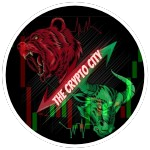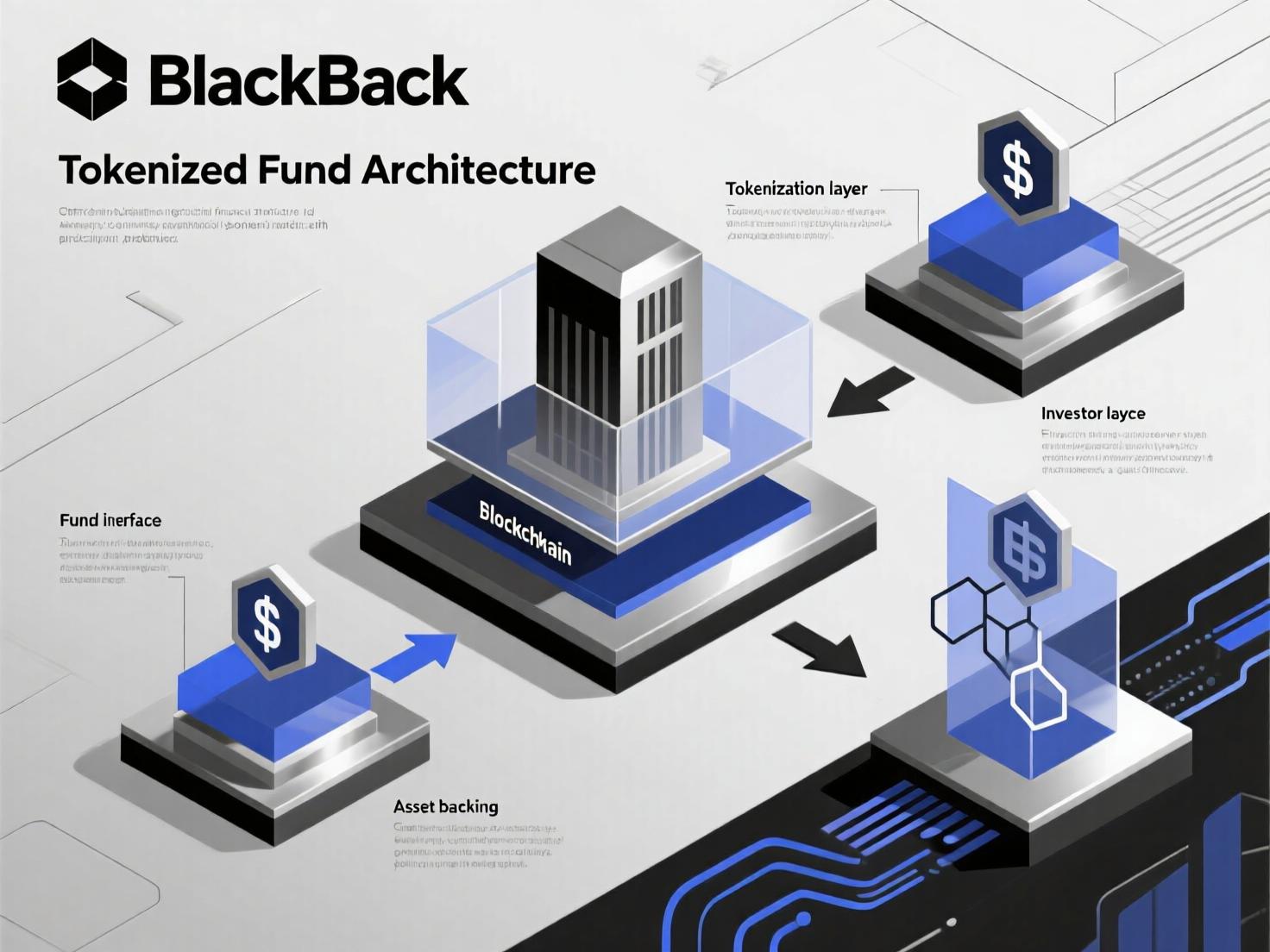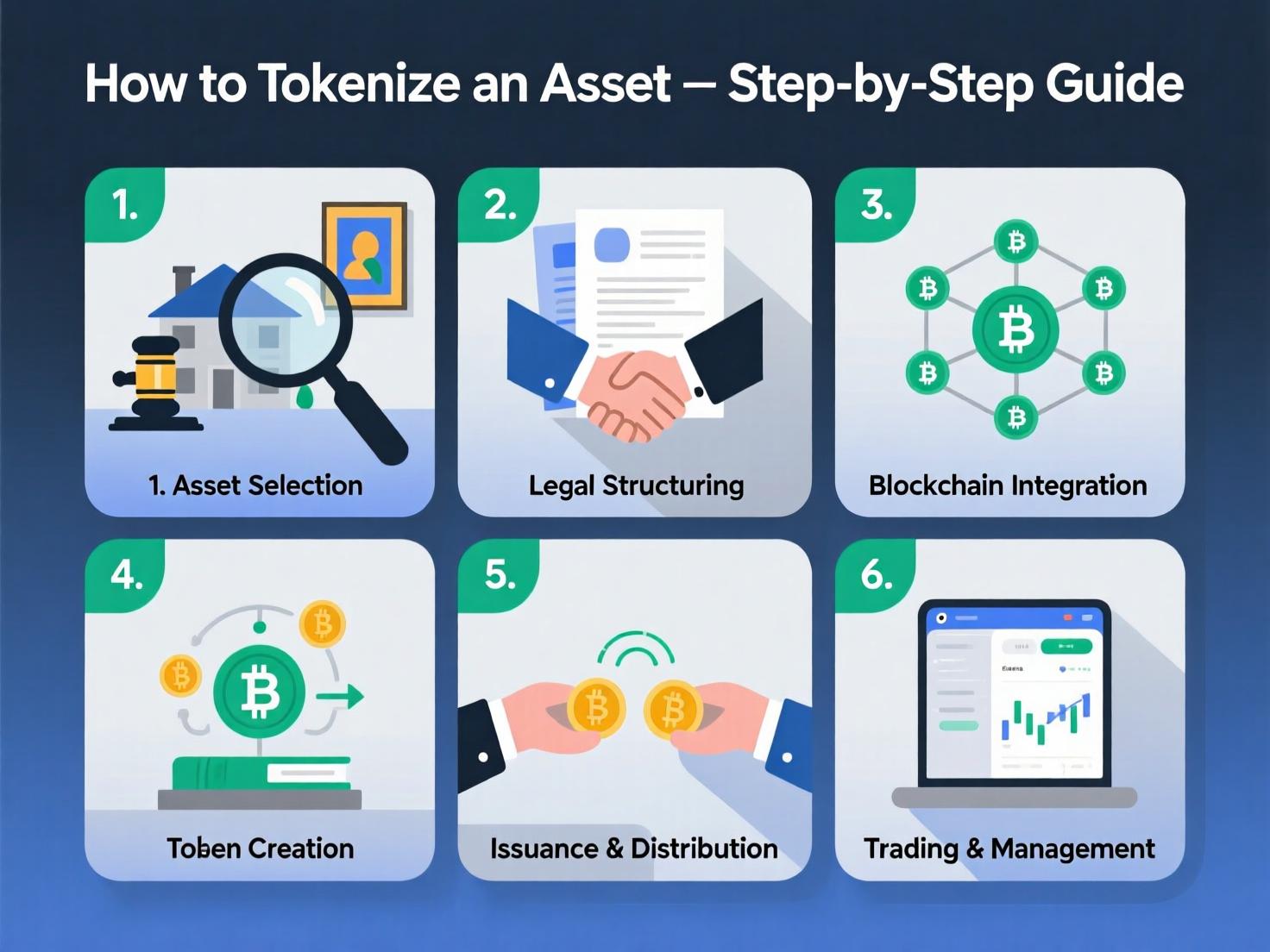Real-World Asset Tokenization
Real-World Asset Tokenization is moving from slideware to shipped products. In 2025, the on-chain value of tokenized assets (including stablecoins) sits around the $26B+ mark, with treasuries alone near $7.4B and growing, as tracked by industry dashboards and mainstream press. RWA.xyzFinancial Times For institutions, this isn’t about speculation; it’s about faster settlement, programmability, collateral efficiency, and round-the-clock liquidity. BlackRock’s BUIDL fund, issued with Securitize, crossed $1B AUM in March and has since been accepted as collateral on major venues—concrete proof that tokenization can plug into real workflows.
At the same time, regulators are sharpening rules. The EU’s MiCA regime entered application phases across 2024–2025, while Singapore’s Project Guardian codified frameworks to commercialize tokenized markets. The BIS continues to flag both benefits and systemic risks, particularly around stablecoins and the need for robust settlement rails.
This guide distills where the market is today, what’s actually working, the core architecture choices, and a step-by-step path to launch. Whether you’re an asset manager scoping tokenized funds or a crypto product team building RWA rails, you’ll find actionable patterns here.
What Is Real-World Asset Tokenization?
At its core, Real-World Asset Tokenization represents off-chain claims treasuries, funds, bonds, invoices, real estate, commodities, even IP as on-chain tokens governed by legal agreements and smart contracts. Leading analysts point to tokenization as a likely “killer use case” for blockchain in traditional finance.
Plain-English definition:
Legal wrapper (SPV, fund, trust, or direct-issuance) holds the asset.
Smart contract issues tokens that reference beneficial interests/claims.
Transfer rules enforce KYC/AML and securities restrictions.
Off-chain roles (custodian, transfer agent) keep books and records aligned with on-chain state.
Real-World Asset Tokenization Market Snapshot (2025)
Total RWA on-chain (incl. stablecoins): ≈ $26.5B (ATH as of Aug 25, 2025).
Tokenized U.S. Treasuries & money-market funds: ≈ $7.4B; up ~80% YTD in 2025.
BUIDL milestones: Surpassed $1B AUM in Mar 2025; accepted as collateral (Crypto.com, Deribit) in June 2025.
Institutional participation: Fidelity, Goldman Sachs, BNY Mellon, JPM Onyx’s TCN pilots.
Regulation: MiCA licensing underway across the EU; MAS frameworks under Project Guardian.
Why Real-World Asset Tokenization Now?
Yield + Liquidity: On-chain treasuries provide transparent yield and near-instant settlement, attractive for collateral and treasury management.
Programmability: Collateral flows, dividend distributions, and compliance checks run 24/7.
Distribution & Fractionalization: Greater market access, smaller ticket sizes, automated secondary workflows (within rules).
Interoperability: Multi-chain access (e.g., BUIDL expansions) and standardized oracles reduce fragmentation.
Policy Tailwinds: Clearer guardrails in the EU; structured pilots in Singapore; growing U.S. attention on tokenized funds and stablecoins.
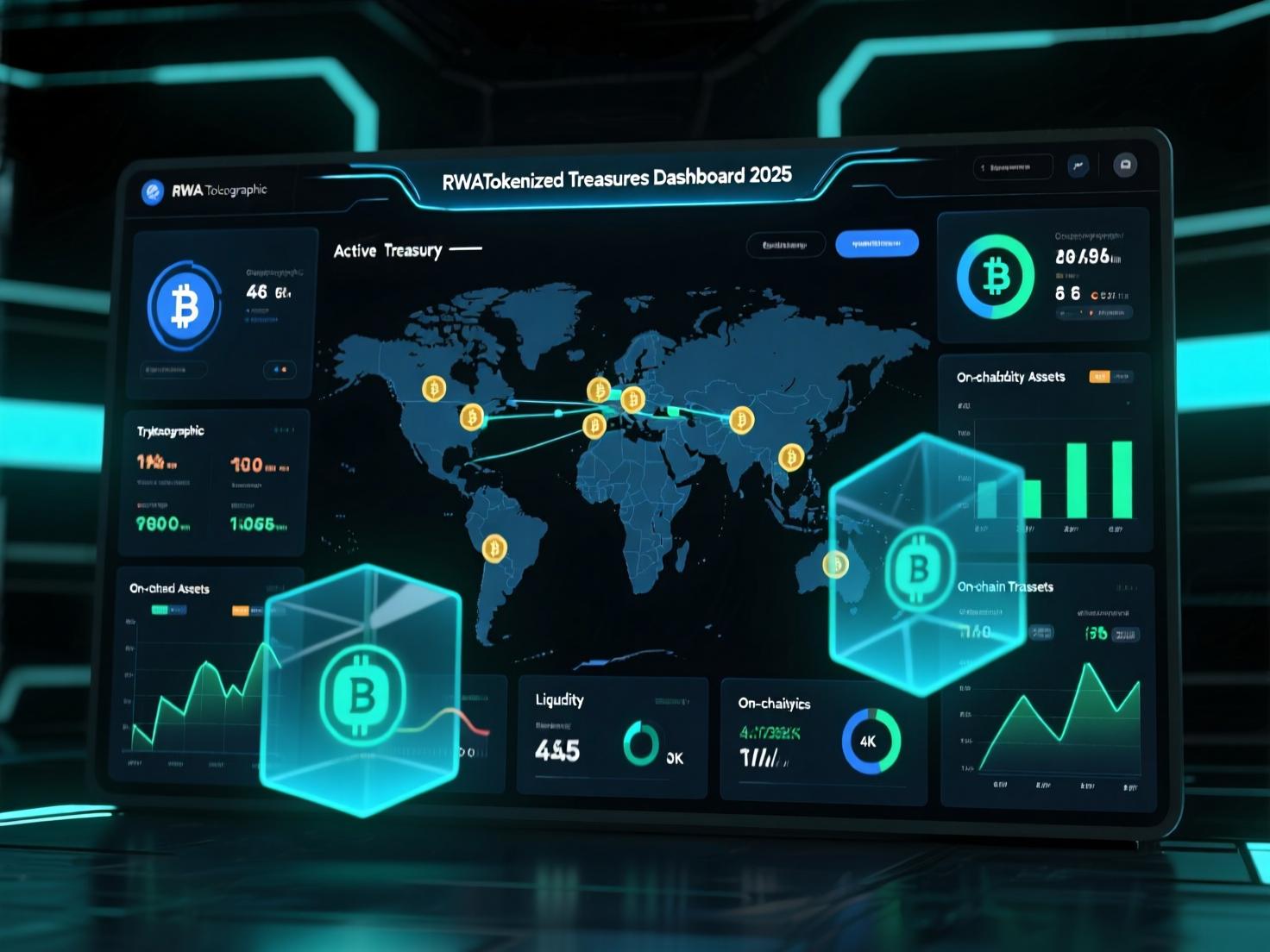
The Main RWA Categories (with real examples)
Cash & Cash-equivalents: Tokenized MMFs/USTs (e.g., BUIDL; Franklin Templeton). Uses: exchanges’ collateral, corporate treasuries, DeFi venues.
Bonds (Sovereign/Global): Tokenized global bonds are still small (hundreds of millions), but growing.
Private Credit: Platforms like Maple report rising on-chain credit volumes.
Public Equities/ETFs (wrapped): Tokenized representations (e.g., SPYx/TSLAx) show emerging demand—still niche but illustrative.
Real Estate & Commodities: Implementation varies by jurisdiction; custody and title frameworks are the gating factor. (See BIS and McKinsey primers.)
Architecture of a Compliant RWA Stack
Off-chain roles:
custodian (securities/cash), administrator, transfer agent, auditor, oracle providers.
On-chain components:
token contract (ERC-20/1404/1400-style restrictions), allowlists, distribution logic, oracles (NAV, PoR), and multi-chain messaging for portability.
Pattern:
Many institutional products use permissioned or restricted ERC-20s with compliance checks baked into transfers, while maintaining traditional record-keeping alongside the token ledger.
Bridging & Interop:
Cross-chain expansion is increasingly common; firms like Securitize have used standardized messaging to broaden chain access.
Regulatory Snapshot (EU, US, APAC)
EU (MiCA): In force since 2023, with licensing rolling out from Dec 2024; six-month update in July 2025 outlines live authorizations and compliance expectations.
Singapore (MAS Project Guardian): Issued frameworks to support open, interoperable tokenization infrastructure and pilots with global FIs.
Hong Kong (SFC): Guidance for intermediaries and tokenized investment products since Nov 2023; tokenization allowed within defined rules.
Global risk lens (BIS): Strong emphasis on transparency, settlement finality, and stablecoin risks; push toward unified ledgers.

Case Studies You Can Learn From
BlackRock BUIDL (Cash Equivalents):
Launched Mar 2024; > $1B AUM by Mar 2025; accepted as collateral on leading venues by June 2025—illustrating true utility beyond “token hype.
Why it worked: clear legal structure, daily distributions, institutional-grade partners (Securitize, BNY Mellon), multi-chain access.
JPMorgan Onyx / TCN (Collateral Mobility):
Fidelity International used TCN to tokenize collateral flows; settlement efficiency is the headline benefit.
Risks & What to Mitigate Early
Legal enforceability: Ensure tokens confer unambiguous claims; align cap table/ledger with the transfer agent’s books.
Liquidity illusion: Secondary markets may be thin; measure true exit capacity, not just TVL.
Oracle & NAV integrity: Use proofs-of-reserve and reputable administrators; document fallbacks.
Custody & key management: Segregation, MPC/HSM, and incident response are non-negotiable.
Regulatory drift: Map cross-border flows; update offering docs as regimes evolve (MiCA, SFC guidance, MAS frameworks).
Stablecoin dependency: If your flow relies on stablecoins, track policy risk and reserve transparency.
How to Implement Real-World Asset Tokenization
Define the asset + investor base: Instrument type, jurisdictions, eligible investors, and distribution channels.
Choose a legal wrapper: SPV/fund/trust; appoint admin, transfer agent, and custodian.
Select the chain(s): Start with where the buyers are (often Ethereum/L2); consider multi-chain plans later.
Draft the compliance model: KYC/AML, accreditation, transfer restrictions (ERC-1404/1400-style).
Build the contract + oracles: NAV feeds, distributions, corporate actions, redemption logic.
Integrate settlement rails: Fiat/stablecoin ramps, custodial wallets, off-chain record sync.
Pilot with controlled cohorts: Exchanges, market-makers, or treasury clients willing to test.
List in curated venues / allowlists: Where permitted; ensure ongoing disclosure and reporting.
Monitor + iterate: Track holders, flows, redemptions, and liquidity KPIs; update docs.
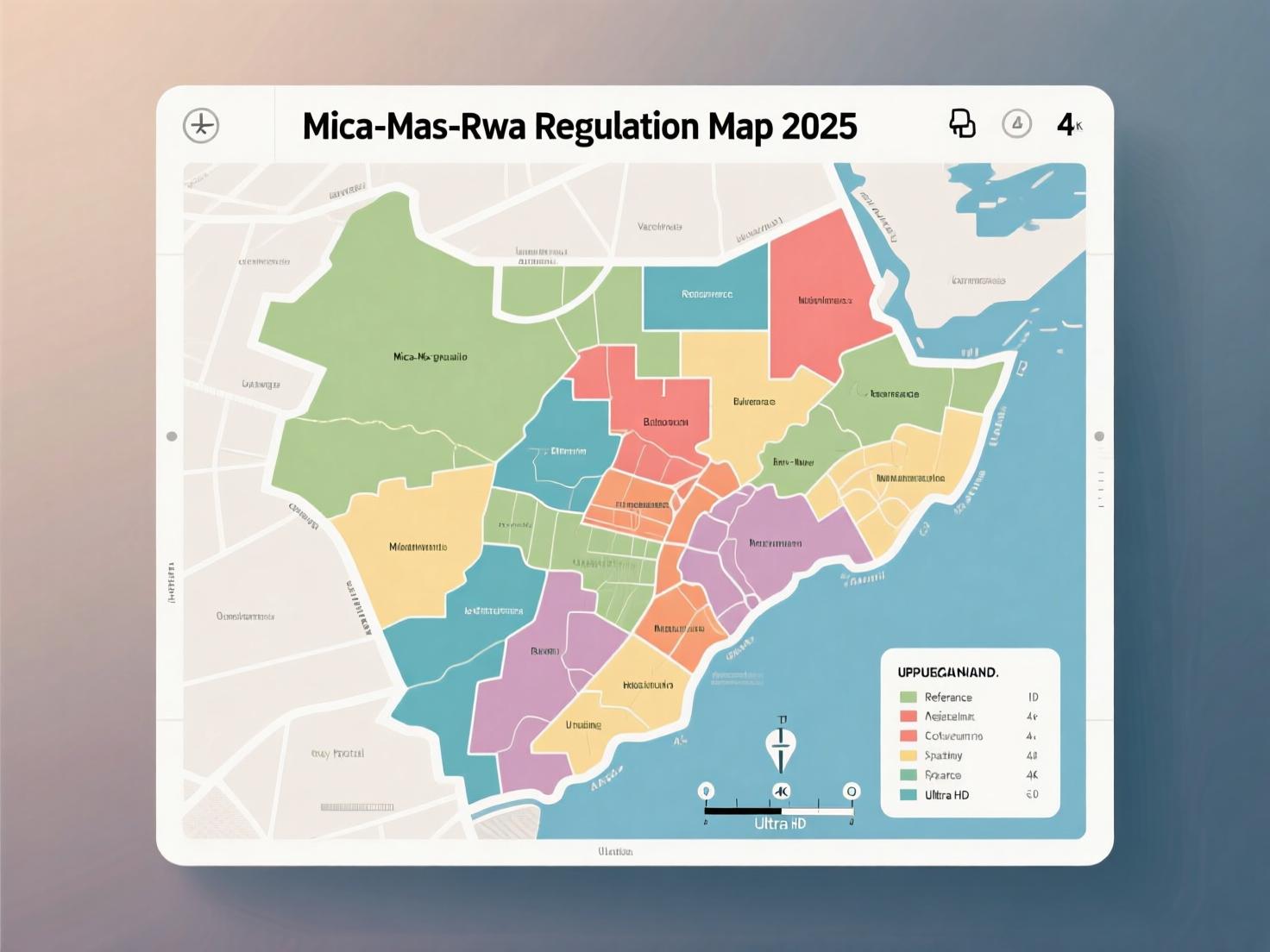
Tech Stack Reference (what most teams pick in 2025)
Token standard: ERC-20 with transfer restrictions; optional ERC-4626 for yield-bearing vaults.
Identity & gating: Allowlist registries + off-chain KYC providers.
Custody: Qualified custodians with MPC/HSM; corporate policy playbooks.
Data & oracles: NAV, FX rates, PoR; signed attestations; monitoring dashboards.
Bridging: Avoid bespoke bridges; prefer widely-used standardized messaging with audit trails.
Go-to-Market: Who Buys First?
Crypto venues & MM desks needing collateral with yield (treasuries/MMFs).
Corporate treasurers seeking 24/7 settlement and programmable payouts.
Private credit funds leveraging on-chain distribution and data transparency.
KPIs That Actually Matter
Time-to-settle (subscription/redemption), failed-settle rate, spread vs. off-chain NAV, on-chain AUM, holder growth, secondary depth at 1–5% price impact, redemption SLA, and oracle uptime.

Conclusion
Real-World Asset Tokenization has reached the point where operational wins not just technical proofs are visible: faster settlement, programmable distributions, and new collateral options. With MiCA deployments, Project Guardian frameworks, and marquee funds like BUIDL crossing meaningful AUM and collateral use, the pattern is durable.
If you’re building or allocating, focus on legal clarity, compliant transfer logic, and real distribution. Treat liquidity as an outcome of product-market fit, not an assumption. The teams that win will ship conservative, auditable rails—then scale via partnerships and multi-chain access as demand proves out.
CTA: Need a launch plan, from legal wrapper to go-to-market and SEO? Book a strategy session and we’ll blueprint your Real-World Asset Tokenization program end-to-end.
FAQs
1) How does Real-World Asset Tokenization work in practice?
A . A legal wrapper holds the off-chain asset; smart contracts issue tokens referencing claims; transfer rules enforce eligibility; administrators/custodians keep books in sync. This enables programmable distributions and faster settlement while staying within securities rules.
2) How do I choose which blockchain to issue on?
A . Start where your buyers are and where tooling is mature often Ethereum or a major L2. Consider multi-chain access once distribution is proven or to reach specific partners.
3) How are tokenized treasuries different from stablecoins?
A . Tokenized treasuries represent fund shares or notes backed by government bills; stablecoins are tokenized cash claims. Both use blockchains, but treasuries target yield and collateral mobility; stablecoins target payments and liquidity. Regulators treat them differently.
4) How can institutions use tokenized funds as collateral?
A . Exchanges and prime venues increasingly accept tokenized MMF shares (e.g., BUIDL) with clear margin parameters and daily NAV. Collateral integration is growing across crypto derivatives venues.
5) How do regulators view Real-World Asset Tokenization today?
A . EU MiCA licensing is underway; MAS issued frameworks; Hong Kong has guidance for intermediaries and tokenized products. Expect continued clarity with strict disclosure and investor-protection rules.
6) How do I measure true liquidity for an RWA product?
A . Track executable size at fixed price impact, depth across venues/allowlists, redemption SLAs, and historical turnover. Don’t rely on TVL alone.
7) How long does it take to launch?
A . With an existing wrapper and partners, pilots can be stood up in weeks; new wrappers/jurisdictions take longer due to filings, audits, and custody onboarding. (Timelines vary by jurisdiction—treat this as an estimate.)
8) How are dividends and coupons paid on-chain?
A . Most RWA funds distribute daily/periodic income pro-rata via smart contracts or administrator batches; records reconcile with the transfer agent’s ledger.
9) How can Real-World Asset Tokenization reduce costs?
A . Programmability (corporate actions, compliance checks) and faster settlement minimize operational overhead; distribution can broaden without intermediaries in some models. McKinsey and BIS outline these vectors.
